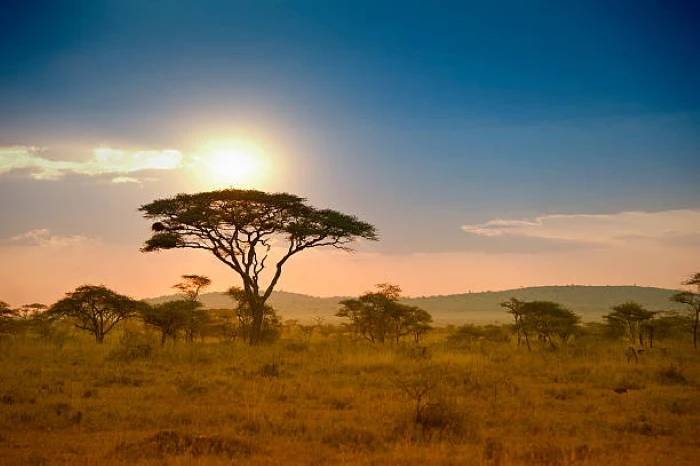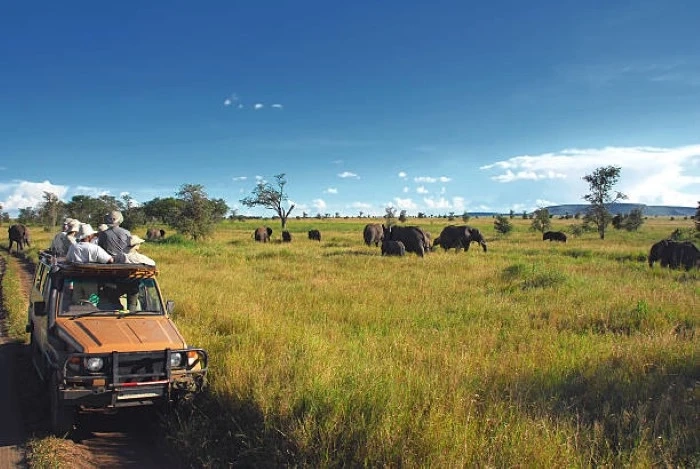Embarking on safaris in Tanzania takes you into some of the world’s most iconic wilderness areas. From the rolling plains of the Serengeti to the remote corners of Ruaha and the lush forests of Mahale, Tanzania offers a kaleidoscope of habitats supporting Africa’s most celebrated species. Planning a multi-park safari introduces variety in scenery, wildlife encounters, and cultural experiences.
Northern Circuit Highlights
The northern circuit encompasses Serengeti National Park, Ngorongoro Conservation Area, Tarangire, and Lake Manyara. The Serengeti’s Great Migration sees over two million herbivores traverse its plains annually, while predators follow closely. Ngorongoro Crater provides a natural amphitheater with high densities of lions, rhinos, and wildebeest. Tarangire’s baobab forest attracts large elephant herds, and Lake Manyara amazes with its tree-climbing lions and expansive flamingo flocks.
Southern and Western Circuit Experiences
The southern circuit—Ruaha and Selous—offers solitude and off-the-beaten-path adventures. Ruaha’s vast landscapes host painted wolves, sable antelope, and towering baobabs. Selous Game Reserve, one of Africa’s largest, features boat safaris on the Rufiji River, walking safaris, and remote camping. Western parks like Katavi and Mahale Mountains specialize in hippo pools and chimpanzee trekking, respectively, rewarding intrepid explorers with unique sightings.
Safari Styles and Durations

Safaris in Tanzania cater to all budgets and interests. Mobile camping safaris (7–14 days) follow migrations, offering immersive bush living. Mid-range lodge safaris (5–10 days) combine comfort with guided experiences, visiting multiple parks. Luxury lodge safaris (5–7 days) provide exclusive tents, gourmet dining, and private drives. Shorter safaris focus on single parks or lode-to-lodge transfers, ideal for time-limited travelers.
Best Times for Wildlife Viewing
Timing is crucial. Dry season (June–October) concentrates wildlife around water sources, enhancing game viewing. July–September yields Mara River crossings; January–March delivers calving in the southern Serengeti. Shoulder months (November, April) combine greenery, fewer crowds, and moderate wildlife densities. Consult specialist operators for up-to-date migration forecasts and road-access information.
Essential Safari Preparations
Pack neutral-colored, lightweight clothing; sturdy footwear; sun protection; and insect repellent. Include binoculars and a camera with telephoto lens. Carry a basic first-aid kit and malaria prophylaxis. Secure travel documents and insurance. Budget for park fees, accommodations, meals, and transfers. Understand tipping customs and optional activity costs to avoid surprises.
Cultural Immersion and Conservation
Local cultural visits deepen your understanding of Tanzania’s heritage. Maasai boma visits illustrate traditional life, while Hadzabe or Datoga interactions highlight foraging and pastoral cultures. Safari fees support conservation, with revenues funding anti-poaching, community development, and research. Choosing responsible operators ensures tourism benefits both wildlife and people.
Conclusion
Safaris in Tanzania offer unmatched variety, from the celebrated Serengeti migration to hidden southern gems. By selecting the right itinerary, timing, and lodging style, you craft a personalized wildlife journey. Embrace the thrill of the bush, the artistry of nature, and the warmth of local cultures on your Tanzanian safari adventure.
The East African Safari and Touring
Address: 00001 Kiranyi Village, Sakina, Arusha, Tanzania
Contact No.: +255 687 723 488
Location MAP: https://maps.app.goo.gl/2cGWCvDroJR4Hv9K6



